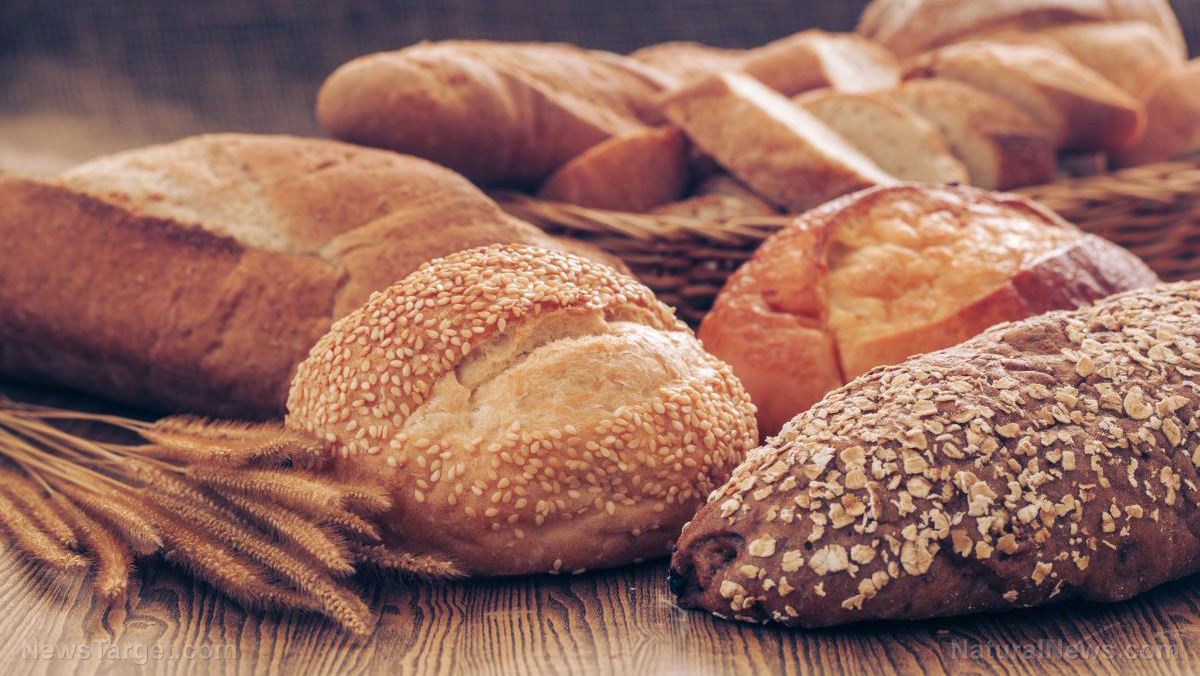
They're pretty novel, to say the least: In their study, they noted that among all the ingredients that they have tested, they found that carob (Ceratonia siliqua), also known as St. John's bread, and – here's where it gets interesting – a seaweed known as sea spaghetti (Himanthalia elongata) were the most viable ingredients to make healthier fortified bread.
"The use of both ingredients individually or combined can be an interesting alternative for the development of functional breads," they explained in their report, which they published in the Journal of Food Processing and Preservation.
The multi-university research, which was led by Spain's Ministry of Agriculture, looked at carob byproducts and seaweed to find which ingredients could be used for breadmaking.
For people in the know, carobs are often used as a healthier substitute for chocolate. Records dating back 4,000 years ago to ancient Greece show that carobs were used for their health benefits even then. In the 19th century, British chemists used carob to maintain singers' vocal cords, as well as soothe and cleanse their throats. In a study in the International Journal of Molecular Sciences, researchers from the University of Ioannina in Greece revealed that carob fruit is an excellent source of dietary fiber and d-pinitol, the primary compound responsible for the anti-diabetic properties of the fruit. (Related: Carob flour has healing benefits, it's a natural medicine.)
Sea spaghetti, on the other hand, is a brown seaweed commonly found in the Atlantic, in particular, near the coast of France, Spain, and Portugal. In parts of Ireland and France, it's eaten as food – often added to salads or pickled. A study in CyTA-Journal of Food noted that sea spaghetti, especially when it is steamed, could be a potent source of antioxidants and vitamins C and E.
In the current study, the researchers found that carob seed peels were great antioxidants. Compared to other seaweeds examined in the report, the peels had better antioxidant activity based on the results of in vitro tests. Sea spaghetti had the highest antioxidant effect among all the seaweeds tested in vitro. In sum, they concluded that both carob and sea spaghetti can be developed further to develop healthier flour alternatives for breadmaking.
Seaweed flour isn't really a new thing
The idea of using seaweeds as an alternative flour isn't new. In Denmark, an initiative for edible seaweed production has been launched, with products ranging from seaweed flour for baking, seaweed schnapps, seaweed pesto, and even seaweed beer. The project, which has already received funding from the European Union, is getting traction from places outside Denmark and has spurned collaborative projects with other countries in the region.
As for its texture, a study released in the Journal of Applied Phycology has this to say: "The addition of seaweed powder decreased stickiness properties [of the dough]…[and] showed higher values of firmness."
More reasons to love carobs
Carobs, first grown in ancient Greece, are now cultivated around the world. Aside from being a chocolate alternative, people ate carobs for their health benefits, which include the following.
- Carobs are packed with nutrients. Carobs are rich in fiber and antioxidants, without the gluten and caffeine that comes with chocolate. It's also a rich source of calcium – it has two times the amount compared to cocoa.
- Carobs can aid with digestive issues. Carobs contain unique tannins which have a "drying" effect on the gut. This helps the digestive tract address toxins and prevent harmful bacteria from invading the intestines.
Of course, seaweeds and carobs aren't the only novel ingredients to make healthier bread – other options include stevia and activated water. To get more natural alternatives for breadmaking, Food.news has you covered.
Sources include:
Please contact us for more information.























